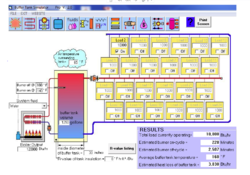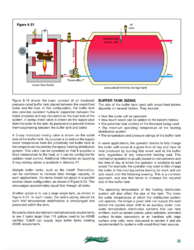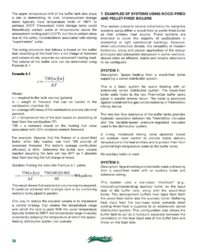Okay, so I have ran my Effecta 60kw for a couple winters now. About 1250 gallons of storage. Runs great but I think I should have done 2000 gallons as recommended originally.
So 2- 500 gallon propane tanks stacked horizontal and 1- 250 gallon vertical.
i just got a slamming deal on 2- 1000 gallon tanks, already spray foamed.
Question:
Do I put in the 2000 and keep the 1250 for Total of 3250?
can i have too much storage, i know my boiler model is working well with 2000 gallons from talking to other owners.
So 2- 500 gallon propane tanks stacked horizontal and 1- 250 gallon vertical.
i just got a slamming deal on 2- 1000 gallon tanks, already spray foamed.
Question:
Do I put in the 2000 and keep the 1250 for Total of 3250?
can i have too much storage, i know my boiler model is working well with 2000 gallons from talking to other owners.






 ).....
).....
